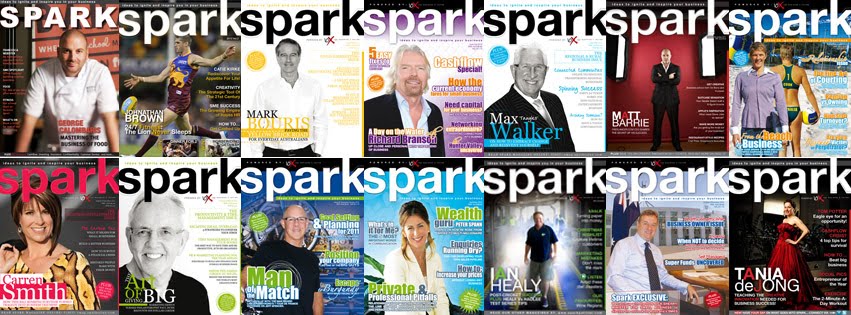Written by Daniela Cavalletti http://www.cavalletticommunications.com/
Whatever you may have to write – there are simple ways to turn the scary message mountain into a benign, easy-to-tackle molehill.
If you are working, chances are, you’re writing something every day. Judging by the statistics about the number of emails we all receive daily, you’d at least be working your way through many an email; informing, convincing (and occasionally cajoling), asking for something, making connections, and, and, and.
And if your job is to market a product or service or to run a business … well, then you really have your work cut out. There are blog posts, capability statements and social media posts to be written to convince and convert. You’re drumming up business writing tenders and EOIs. And your annual reports, and applications for grants and awards don’t write themselves (sadly).
Cheat Sheet – Creating Content That Converts
Writing anything can seem daunting. The trick us copywriters and editors use is this: before we write, we think, research, connect dots, and doodle a lot. It gets the creative juices flowing and the mind organised. Gee, sometimes up to 80% of the work we do happens before we even put finger to keyboard and create wordsmith magic!
The good news is – you can do this, too. Here are some of our top creative commandments that will help you create convincing, engaging content that converts:
#1. Clients Are People
Talk to them, not to their wallets
#2. Show Empathy
Show your reader you care for and understand them; mean it
#3. No Bullshit
We all can smell it a mile off, can’t we?
#4. Deliver What You Promise
A good rule in life as well as in your writing; no clickbait headlines, please
#5. Keep It Simple
One well-presented (and understood) idea per piece (email, blog, advertisement, newsletter, etc.) is way better than stuffing all your knowledge or information in and confusing or overloading your reader
#6. To Jargon, or Not to Jargon?
Gauge your audience; jargon should be handled with care, but not always avoided (it can create trust and a bond with the right audience)
#7. Benefits vs. Function
Tell me what you can do for me, not what you can do
#8. I Promise …
Keep asking yourself “and the client / reader gets what benefit because of this?” Until you cannot answer it any differently: congrats – you’ve arrived at your key promise and benefit!
#9. Let Me Entertain You
Tell a story, have a bit of fun, be accessible, when you write; informing doesn’t mean you need to be boring or bland
#10. Sell, Sell, … Truth
You’re in business, don’t be afraid to sell. Just be truthful and don’t SHOUT AT YOUR AUDIENCE (with caps, too many font variations or images)
#11. It’s a Two-Way Street
Invite conversation with your readers (aka clients); comments on blogs, feedback on your service, tips they can share, etc.
#12. Be Authentic
Nut out who you are as a business or author of a piece of writing (your brand, your vision, your guiding principles) and stick to them.
#13. Cut to the Chaff
Ensure there’s a reason for every word that makes into your final draft. Write, edit (cut, delete, sharpen – repeat ad nauseam, if needed), proofread
#14. Less Is More (Work)
Remember that writing short pieces (pull-out quotes, website boxes and slider text) takes relatively longer. You have loads of ideas or information, but only so many words allowed to say it. Plan for it
#15. Unique Source
Some people are great at briefing you by giving you information in writing, others are better at telling you their thoughts. A combination of both will bring hidden gems to light and help you find the right voice for a piece (ghost)written for someone else
#16. See Your Words
Content takes up space and it’s an often overlooked visual element; how you present your copy (position, subheads, font, colours, etc.) Will have an impact on its effectiveness
and last, but not least, remember:
#17. Shakespeare You Ain’t
Your readers don’t speak like The Bard (generally at least), so don’t talk to them like an English teacher or literature professor; adjust your writing voice to the way your audience would talk to you. They’ll like you for it, will more easily trust you and will listen to you.
And there you have it.
17 of the most important things that swirl around in our copywriters’ and editors’ heads all day, every day. There are about another 17,560,263 more – but that’s for another post.
